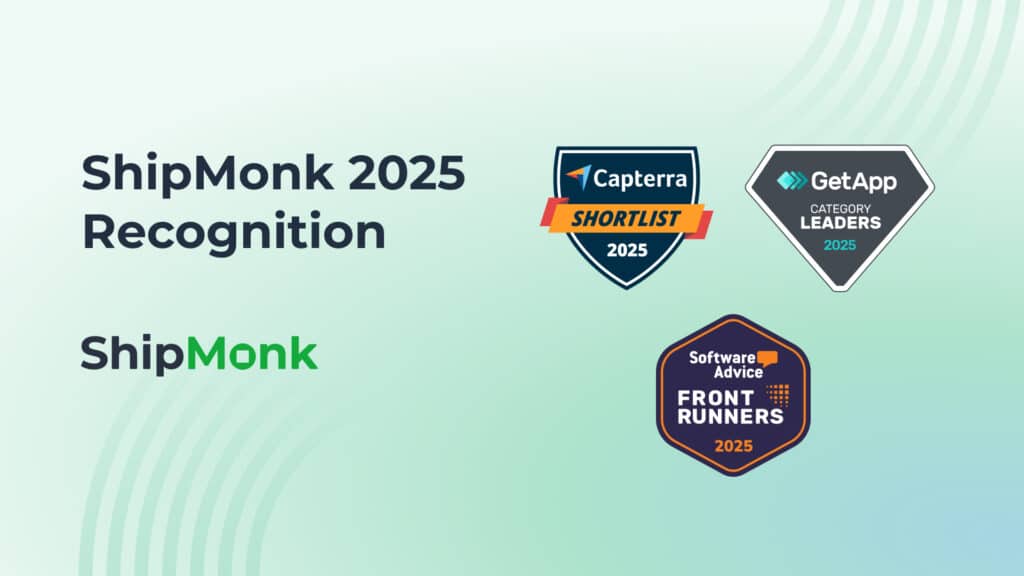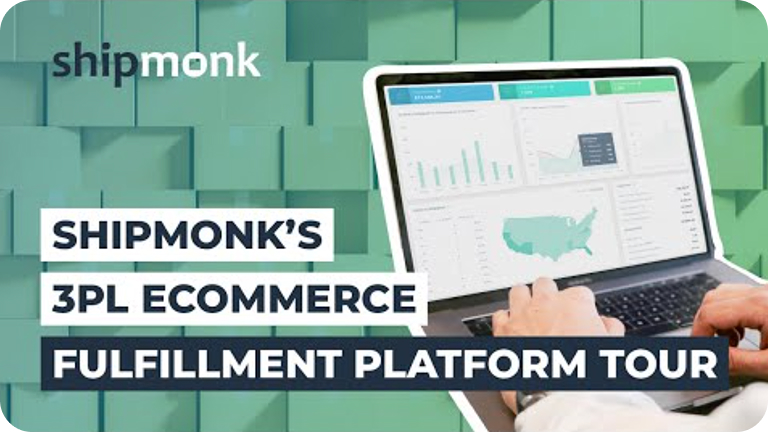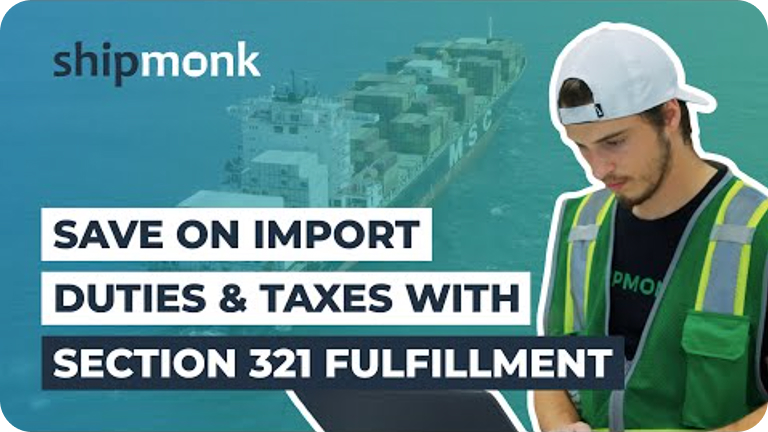Here at ShipMonk, we spend our days talking to merchants like you about what’s working, what’s not, and what’s holding your operations back. One theme comes up constantly: fulfillment workflows are getting more complex, especially for brands balancing DTC, retail, and marketplace channels.
You have edge-case workflows that take time, cost money, and require constant oversight. Historically, solving these meant filing a development request and waiting, or hiring your own developer. We knew there had to be a better way. That’s why we built Automation Rules. Let’s break down what they are and how they can give you a level of control you didn’t think was possible.
What are automation rules?
In the simplest terms, automation rules are a self-service tool that lets you build logic-based workflows directly within the ShipMonk platform—no developer or support ticket required.
Think of it as teaching our system your specific business logic. The tool follows a simple but powerful “if X happens, then do Y” structure. Our early adopter data shows this can reduce manual order edits by up to 95%, saving operations teams an average of 10-15 hours per week.
Here are a few real-world examples we see every day:
- If an order contains the SKU PREORDER-TSHIRT, then the order is automatically put on hold. (This prevents it from shipping until you’re ready to release your preorder batch).
- If an order’s shipping destination is outside the United States, then change the shipping method to “International Economy.” (This protects your margins on international sales).
- If an order is from the Target retail channel AND contains a SKU with “BUNDLE” in the name, then apply the tag “NEEDS-STICKER” to alert the packing team. (This handles complex, retailer-specific requirements flawlessly).
Why should this matter to my business? How does it help me scale?
This feature is all about giving you direct control to save time, reduce costs, and support complexity as you grow. When we talked to mid-market and enterprise merchants, they told us their biggest friction points weren’t in shipping standard orders, but in managing the exceptions.
Here’s the value you get:
- You Reduce Operational Friction: You can handle your own order exceptions internally. There are no more tickets, no more waiting for a support agent to manually edit an order. You have a problem, and you can build the solution instantly.
- You Save Meaningful Time: Think about the repetitive tasks your team does every day—changing shipping methods, placing holds, or canceling orders. Automating these actions frees your team to focus on growth, not manual data entry.
- You Increase Order Accuracy: Manual edits lead to human error. By creating a rule, you ensure the action is performed 100% of the time, eliminating costly fulfillment mistakes and keeping your customers happy.
- You Can Support Complex Workflows: Are you shipping to retailers with very specific routing or packaging needs? Running B2B and DTC operations from the same inventory? Automation Rules are built for this. You can create bespoke workflows that cater to your most demanding sales channels.
Who are automation rules for?
While any merchant can benefit, this tool was specifically designed based on feedback from brands with more advanced operational needs. This is for you if you are:
- A DTC brand that also fulfills for retail partners like Target, Walmart, or Nordstrom and needs to manage different rules for each.
- A merchant who regularly runs presale or preorder campaigns and needs to manage hundreds or thousands of orders at once.
- A brand with a large, high-SKU-count catalog that relies on product bundling or virtual kits.
- Any team that frequently asks our support staff, “Can we make an order do ___ automatically?” If you’ve asked that question, the answer is now almost always “yes.”
What’s the catch? What are the hidden costs or delays?
This is our favorite question to answer because the transparency is key. There is no catch.
- No-Code: You don’t need to be a developer. If you can write a simple sentence, you can build a rule.
- No Cost: Automation Rules are free and included for all ShipMonk merchants. This isn’t an add-on or an enterprise-level feature you have to pay for.
- No Delay: The moment you save a rule, it’s live and active. You can create, edit, and disable rules on the fly. This is part of our ongoing investment in your autonomy and operational flexibility.
Frequently Asked Questions (FAQ)
Q: Can I combine multiple conditions in one rule?
A: Absolutely. You can create rules that require multiple conditions to be met (e.g., IF the order is from Walmart AND contains SKU XYZ, THEN change the requested shipping service). This allows for highly specific and granular control.
Q: What happens if an order matches more than one rule?
A: Rules are executed in the order the fulfillment process operates. “Order synced from integration comes first, then “Order Created”, then “Queued to Submit”, and so forth.you set them. You can drag and drop your rules to prioritize them. The system will check against the first rule, then the second, and so on, applying any actions for which the order qualifies.
Q: Is there a limit to how many Automation Rules I can create?
A: There is no hard limit. We encourage you to create as many rules as you need to automate your unique workflows and streamline your operations.
Q: Can these rules be applied to my B2B and wholesale orders?
A: Yes. Automation Rules work across all order types, including B2B and wholesale shipments. You can use criteria like the order source or specific SKUs to differentiate rules for your B2B/retail partners versus your DTC customers.





